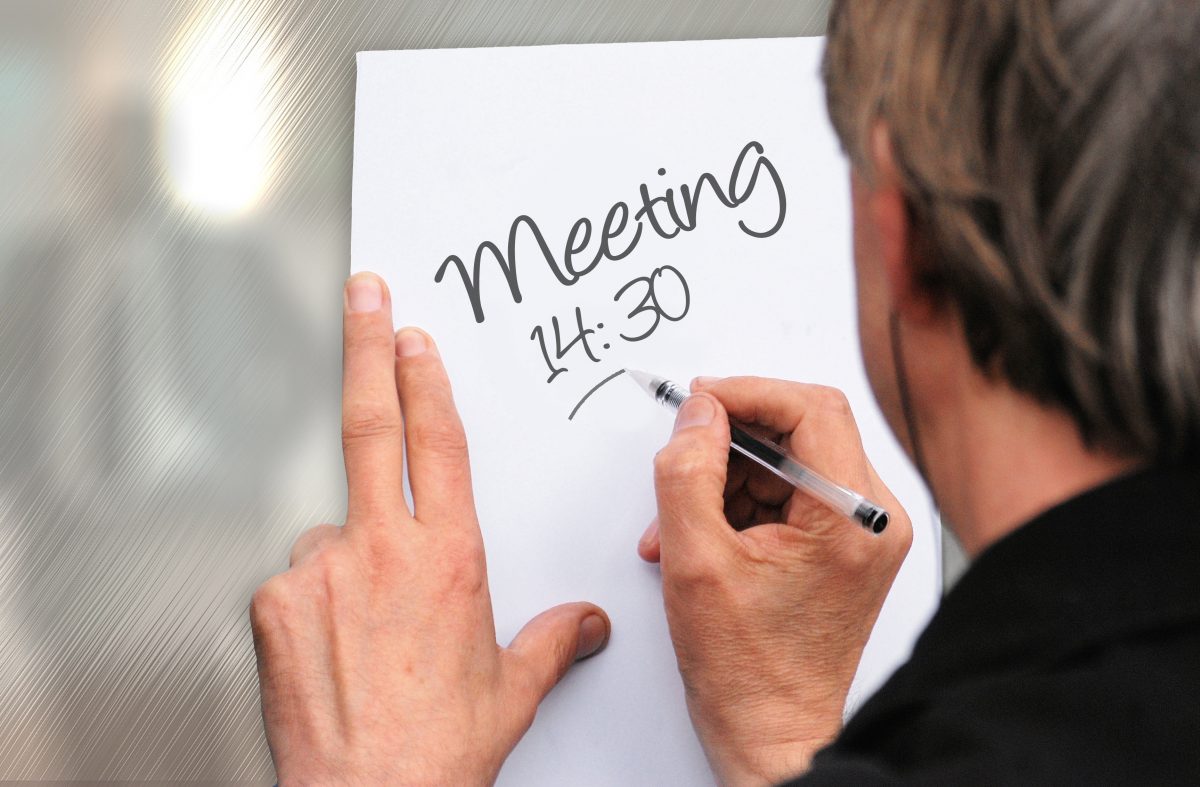
Normally the Japan Society holds an annual sake lecture and tasting, which I’ve missed in previous years. Due to the restrictions on large groups, they didn’t hold an in-person event but they still held an online lecture on sake etiquette.
The lecturer was Timothy Sullivan, founder of UrbanSake.com. He was very knowledgable about sake etiquette and sake. He had a long sake list, with tasting notes, which you can find on the Japan Society website.
Here are a few tips from the lecture.
Sake Etiquette Tips
Here are eight tips for enjoying sake, if you want to have proper etiquette:
Tip 1: Don’t pour for yourself. I’m not sure if this is bad luck, or bad manners, but this was the Number 1 tip our lecturer made sure to share with us. He later explained that “O-shaku” is the manner of pouring for others.
Tip 2: Keep the Wa. Wa (和) is a Japanese concept of peaceful unity and conformity in a group. It focuses on harmony. In general, it’s rude and/or impolite to disturb the wa – including in sake etiquette.
Tip 3: Use 2 hands when pouring for others. Our lecturer compared pouring sake with 2 hands to the way business cards in Japan are received with 2 hands, too. I think this practice holds true for more formal situations, but it’s considered more polite.
Tip 4: Don’t “slam” your sake when drinking. Although the small sake cups resemble Western shot glasses, that’s not why they’re small. The smaller cups allow you to pour for more people.
Tip 5: When pouring for other people, only fill the glass about 80% full. It’s considered rude to do this. When it’s full to the brim, it makes it difficult to actually drink from the cup without spilling.
Tip 6: Offer to pour for someone else, to get someone to pour for you. Getting back to the first tip, if you want more sake and your cup is empty, offer to pour for someone else.
Tip 7: When receiving sake, use 2 hands to hold your cup. One hand holds the cup, while the other supports from below.
Tip 8: Don’t drink before the kanpai. Kanpai is like the group cheer and it disturbs the wa to drink before the kanpai. At formal gatherings, often the sake will be already poured so that they can do the kanpai quickly and no one has to worry if everyone has been served.
Drinking Styles
Kenpai/Henpai
This is a style of drinking and sharing sake in which two people of unequal social or professional status actually share the same drinking cup. The junior person pours for their senior, who drinks the sake. Then there’s a large dish of water that the sake cup gets rinsed in. Then the senior person pours for the junior person. This style of sake etiquette is apparently restricted to only one region and discouraged when anyone might be sick (like now).
Mokkiri, overflowing style
This is more for casual drinking settings. In this situation, a taller clear glass is set inside one of those wooden sake boxes. The sake is poured into the glass until it overflows into the wooden box. The lecturer recommended lifting the glass and drinking from that, first. Then when the sake level has gone down, pouring some liquid from the box into the glass.
Finally, one last tip…
In casual settings, the rules relax a little. But, even in a casual setting, it’s polite for everyone to drink the same drink. For example: don’t ask for sake if everyone else is drinking beer. Remember: don’t disrupt the wa.
